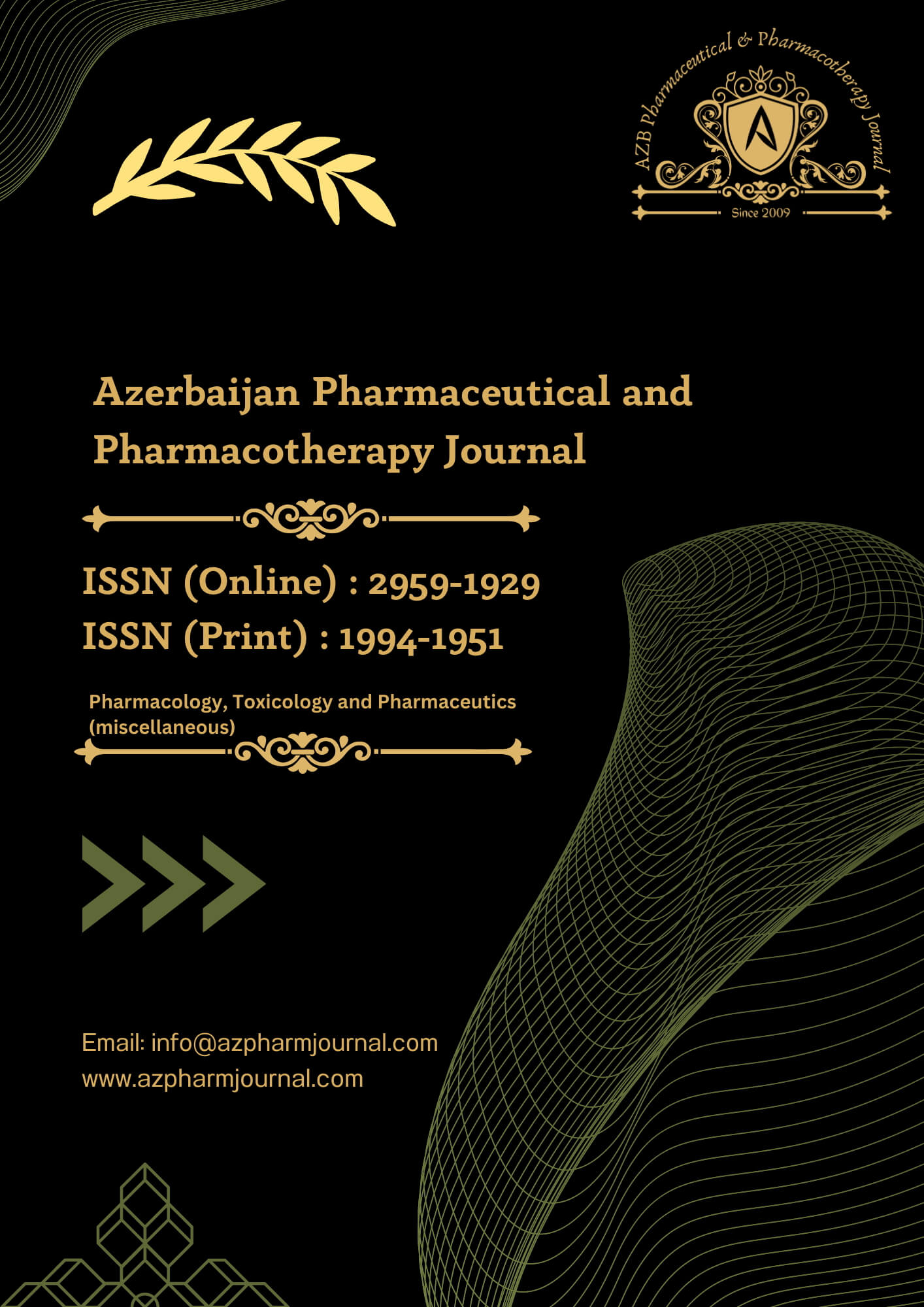1. Introduction
Beta thalassemia is the most prevalent type of genetic diseases to hemoglobin worldwide. Thalassemia is classified into alpha and beta thalassemia according to the globin chain whose synthesis is adversely affected [1]. Excess globin chain synthesis in thalassemia contributes to red blood cell damage, resulting in red blood cell loss in the bone marrow and peripheral circulation (hemolysis) [2]. The main course of treatment for these patients is continuous blood transfusion. Following blood transfusion, numerous organs, including the kidneys, liver, heart, and endocrine glands, have an excess of iron. Iron load can be terminated for this organ dysfunction and mortality. Free ferrous iron is extremely toxic and is typically bound to proteins in the liver. Free radicals that are implicated in hepatotoxicity and lipid peroxidation are created as a result of unbound iron over load. krill oil and aqueous thyme extract [3] increase the hepatoprotective activity through improvements in both liver tissue oxidative stress parameters, and histological features However, the most dangerous side effect of iron overload is heart toxicity, which can be fatal. Signs of renal impairment in thalassemia patients include elevated renal blood flow, abnormal urine concentrations, and renal tubular acidosis [4, 5].
Treatment strategies including reducing anemia, inhibiting gastrointestinal absorption of iron, and suppressing erythropoiesis. With frequent blood transfusions, there is a major risk of iron overload, which is fatal to the organs and tissues of thalassemia patients. To treat it, an iron chelator is used to eliminate iron pools from intracellular or plasma. After 10 to 20 transfusions or when serum ferritin levels are greater than 1000 ng/mL, beta thalassemia patients must begin iron chelation therapy. The FDA and the USA approved two iron chelates, which are primarily used for the removal of excessive iron. Deferasirox is administered orally, whereas deroxamine is administered parenterally or subcutaneously. Both are used by patients at the Thalassemia Center at Al Kut Teaching Hospital [6]. Toxicity of iron chelators (deferioxamine, deferiprone, deferasirox) can lead to liver and glomerular dysfunction [7, 8]. Kidney injury in thalassemia increases with age and duration of blood transfusions [9]. In patients with beta thalassemia, little attention has been paid to potential renal damage, but recent studies indicate the presence of various tubular and glomerular dysfunctions [10]. Deferoxamine (Desferal®), Novartis Europharm Basil, Switzerland which was derived from Streptomyces pilosus and first made available in 1960, was the first iron chelator. It was administered parenterally (intravenously or subcutaneously).
Deferoxamine (Desferal®) is administered subcutaneously, which causes severe pain at the injection site whereas prolonged intravenous administration leads to noncompliance and development retardation [11]. As a result, an oral iron chelator such as deferiprone or deferasirox is necessary. Deferiprone, a bidentate hydroxypyridone that was first introduced in 1980, is the first oral iron chelator. It works by binding to iron and then being excreted in the urine. Due to quick hepatic metabolism, deferiprone has a relatively short half-life and is taken at a dose of 75 mg/kg/day with a considerable decrease in intracellular iron overload. Deferiprone causes a number of adverse side effects, including arthralgia, gastrointestinal disturbances, liver damage, and agranulocytosis brought on by myelotoxicity [12]. Deferasirox (Xjade®), Novartis Europharm Switzerland a brand-new oral chelator, was made available in 2005 to treat beta-thalassemia major and intermedia patients who had iron overload [13]. This study aimed to determine the effect of these drugs on kidney, liver enzyme activities ((Serum Glutamic-pyruvic Transaminase (S.GPT), serum glutamic-oxaloacetic transaminase (S.GOT), S. Urea and S. Creatinine, and serum ferritin level in \(\beta\)-thalassemia patients major.
